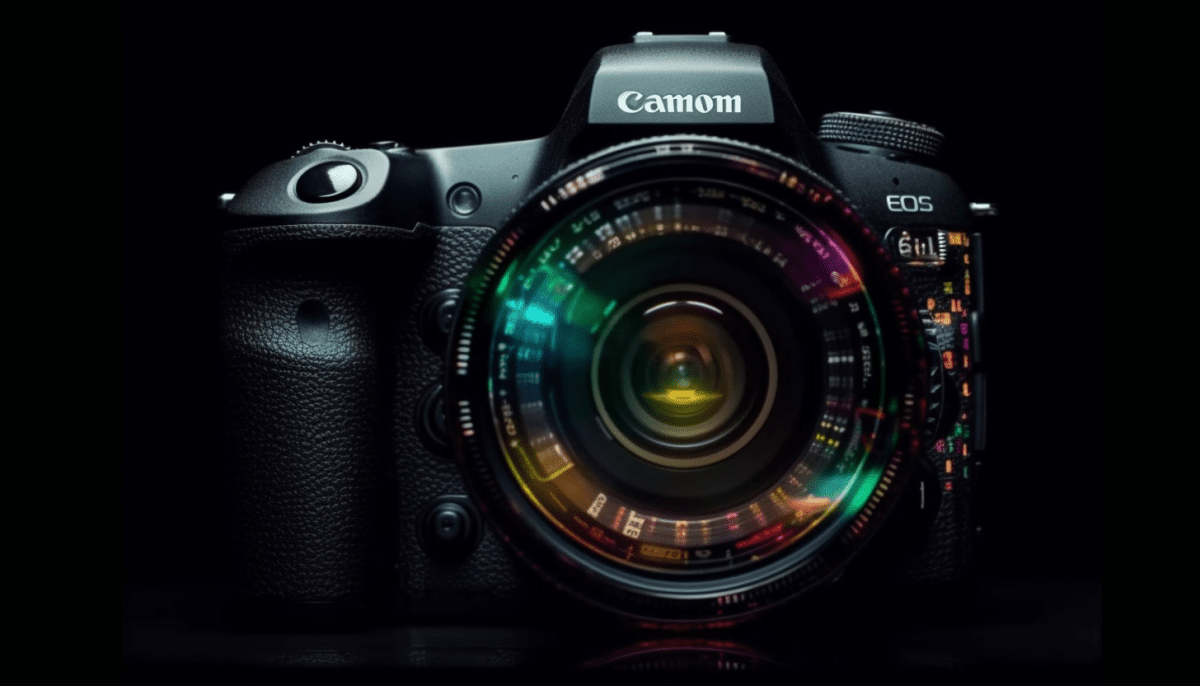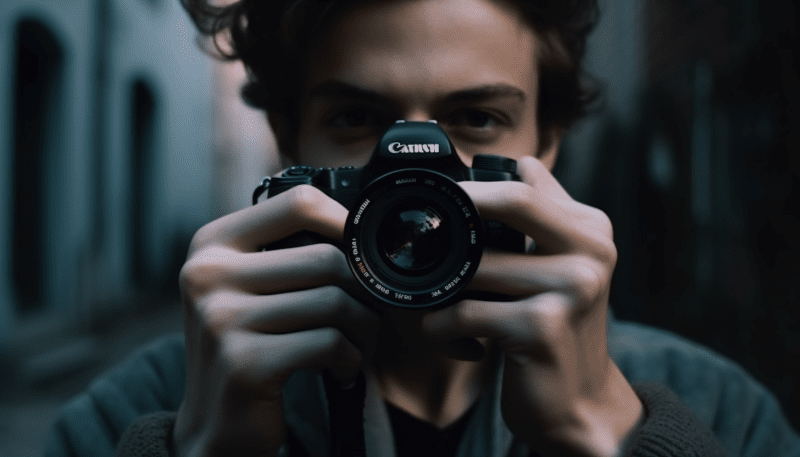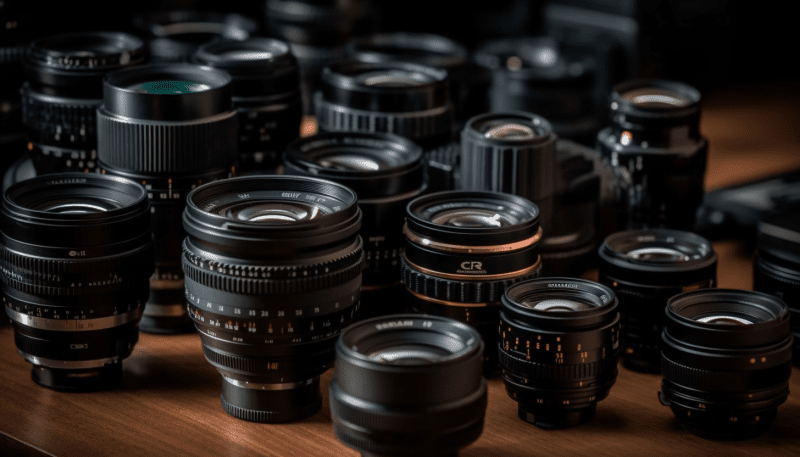Wildlife cameras are making a big difference in conservation efforts around the globe. They help keep a close eye on animals in their natural habitats without disturbing them. By doing this, researchers can gather important data without needing to be physically present in sensitive areas.
These cameras capture stunning images and videos that offer a glimpse into the lives of wildlife. This information is invaluable for understanding animal behavior, monitoring populations, and identifying threats that might be affecting certain species. For example, researchers can spot patterns in animal movements or find out how they react to environmental changes.
Not only do these cameras aid in research, but they also help raise awareness about wildlife conservation. When interesting footage is shared on social media or news outlets, it sparks conversations and encourages more people to get involved in protecting these creatures. It creates a connection between the public and wildlife, often leading to more support for conservation initiatives.
With advanced technology, many of these cameras come equipped with features like motion detection and night vision. This allows them to capture clear images in low-light conditions, ensuring that no moment is missed. Plus, some models can even send images directly to researchers’ phones, helping them respond quickly to any urgent situations that arise.
Innovative Technology for Conservation Success
Wildlife conservation is getting a serious upgrade thanks to innovative technology, and cameras are leading the charge! These aren't your typical snapshots; they’re smart devices that play a crucial role in protecting our planet's biodiversity. From monitoring endangered species to studying animal behaviors, these cameras are changing the game.
Modern wildlife cameras come packed with features like motion detection, night vision, and even real-time alerts. Imagine being able to track a majestic tiger or monitor the nesting patterns of endangered birds without disturbing their natural habitats. With these tools, conservationists can gather vital information without stepping into the animals' space, which is a huge win for wildlife!
Another exciting advancement is the use of remote cameras paired with AI. This combination makes it easier to analyze large amounts of data quickly. Instead of hours spent combing through footage, AI can process images and identify species, helping researchers focus on what matters most. This technology frees up time and resources so conservationists can concentrate on making a difference.
Plus, many of these cameras are designed to be rugged and weather-proof, so they can handle the toughest environments. Whether it’s a dense jungle, arid desert, or frozen tundra, these devices are built to survive. This durability ensures that vital data keeps flowing in, no matter the conditions.
With all these innovations, it's clear that cameras are more than just tools; they're becoming essential partners in the fight for wildlife conservation. By combining technology with dedication, we have a better chance than ever to protect our planet's precious wildlife. It’s inspiring to see how far we've come in this effort!
Real-Time Monitoring of Endangered Species
In the fight to protect endangered species, real-time monitoring has become a game-changer. Thanks to modern camera technology, wildlife conservationists can now keep a close eye on animal populations and their habitats without disturbing them. These cameras can capture crucial data, helping researchers and wildlife protectors make more informed decisions.
With motion-activated cameras set up in various locations, conservationists can track movement patterns, breeding behaviors, and even identify individual animals. This information is invaluable, especially for species that are difficult to study up close. Plus, many of these cameras come equipped with night vision capabilities, giving a complete view of wildlife activity around the clock.
One of the coolest features of these cameras is the ability to receive instant alerts. If a camera detects unusual activity—say, poaching or intrusions into a protected area—an alert goes out right away. This means teams can act quickly, making a real difference in protecting the wildlife.
It’s not just about spotting animals either. These cameras can help monitor the health of ecosystems. By observing changes in species interactions or vegetation over time, conservationists can tell if an area is thriving or if it's in trouble.
Overall, real-time monitoring with these advanced camera systems is proving to be an invaluable tool in the effort to conserve endangered species. It’s like having a set of eyes on the ground, ready to provide important insights whenever needed.
Community Engagement Through Wildlife Photography
Wildlife photography is more than just capturing stunning images; it’s a powerful tool for community engagement. When local communities get involved in wildlife photography, they can become key players in conservation efforts. People who might not consider themselves conservationists can develop a deeper appreciation for their local environment simply by picking up a camera.
Photography workshops and community events can bring people together. In these settings, participants learn about local wildlife, their habitats, and the importance of preserving these areas. As they snap pictures of animals in their natural setting, they connect emotionally with the wildlife around them—turning casual observers into passionate advocates for conservation.
Social media also plays a huge role in this engagement. By sharing their wildlife photos online, community members can raise awareness about local species and conservation issues. Hashtags or photo contests can encourage even more participation and let everyone see what’s at stake. A beautiful photo of a fox or a rare bird can ignite interest and inspire action.
Additionally, showcasing community-driven wildlife photography projects can lead to funding and support from organizations that care about conservation. When a local group of photographers shares their passion for wildlife through exhibits or publications, it shines a spotlight on the need to protect those animals and their habitats. This visibility can attract attention and resources that might not have been available otherwise.



